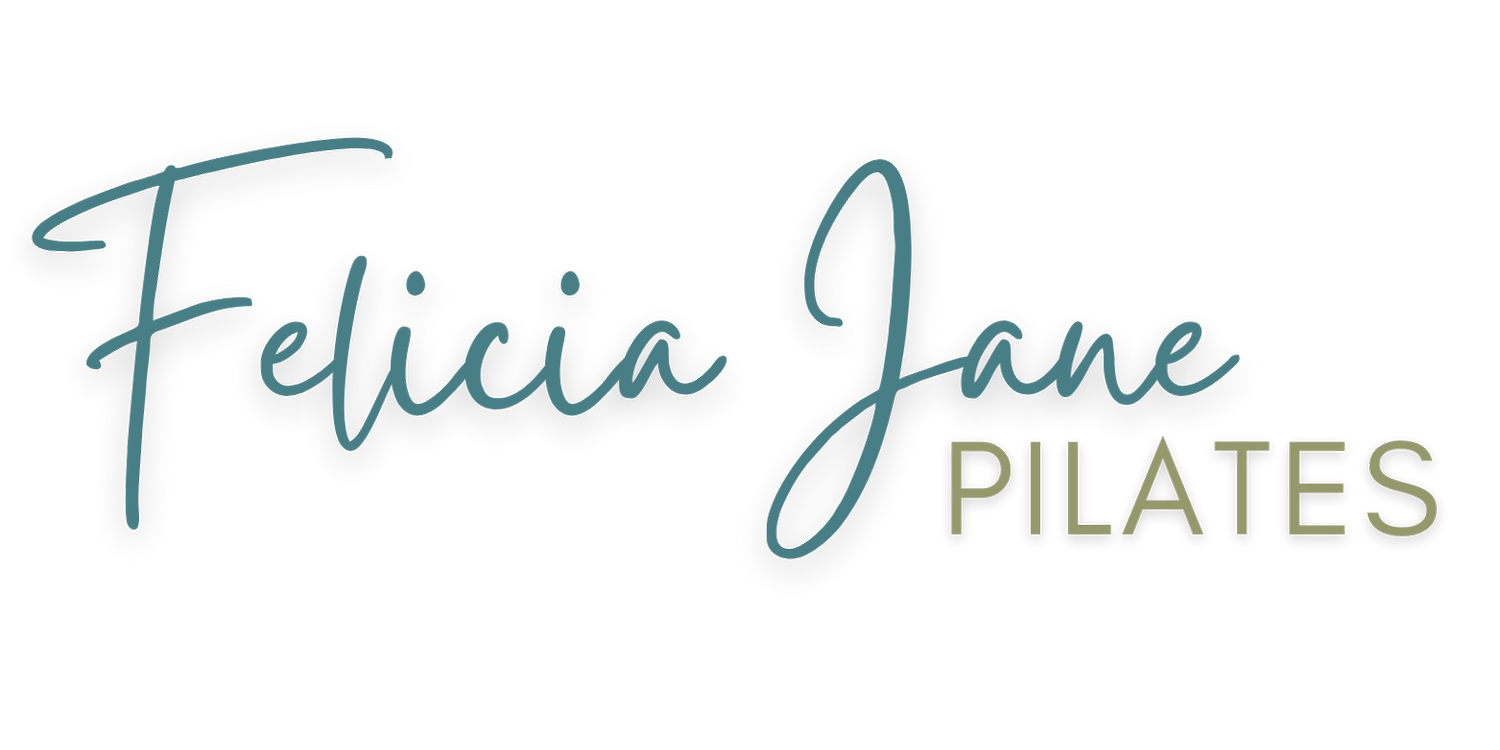Learn about the six Pilates Principles
Joseph Pilates originally called his work Contrology, and created his mind and body approach to movement focusing on centering, concentration, control, precision, breath, and flow–or what is now referred to as the Pilates principles.
Whether you are working out on a mat or using equipment that Pilates created, these six Pilates principles help you dig into the methodology and learn more about your body, and yourself!
Centering: All movements in Pilates originate from the center of the body, including activating, engaging or relaxing your core and pelvic floor muscles. Physically, this concept focuses on movement from the center of the body, which is called the powerhouse–your abdominals (upper and lower), lower back, buttocks, and the hip.
Concentration: Think of concentration in Pilates as practicing mindfulness: you bring awareness to your movements in the moment you are doing them.
Control: Every Pilates exercise is done in a conscious, deliberate movement. Essentially, the mover is in complete control of the movement of their body, and of their mind.
Precision: Pilates aims for precise and near perfect motion for each movement. There is a deliberate placement related to the alignment of body parts, as well as a trajectory for body parts in every exercise. This focus is to help break harmful past exercise habits and movement patterns.
Breath: “Breathing is the first act of life and the last. Our very life depends on it.” ~ Joseph Pilates
Breath is likely the most important principle in Pilates. Pilates believed that poor breathing was a cause of poor health. Most Pilates exercises coordinate with the breath, and using the breath properly is an integral part of many of the movements.
Flow: Pilates exercises flow from one to the other, which are said to help build coordination, stamina and strength.
Interested in seeing how these principles are used in a Pilates class? I have openings. Book now.


